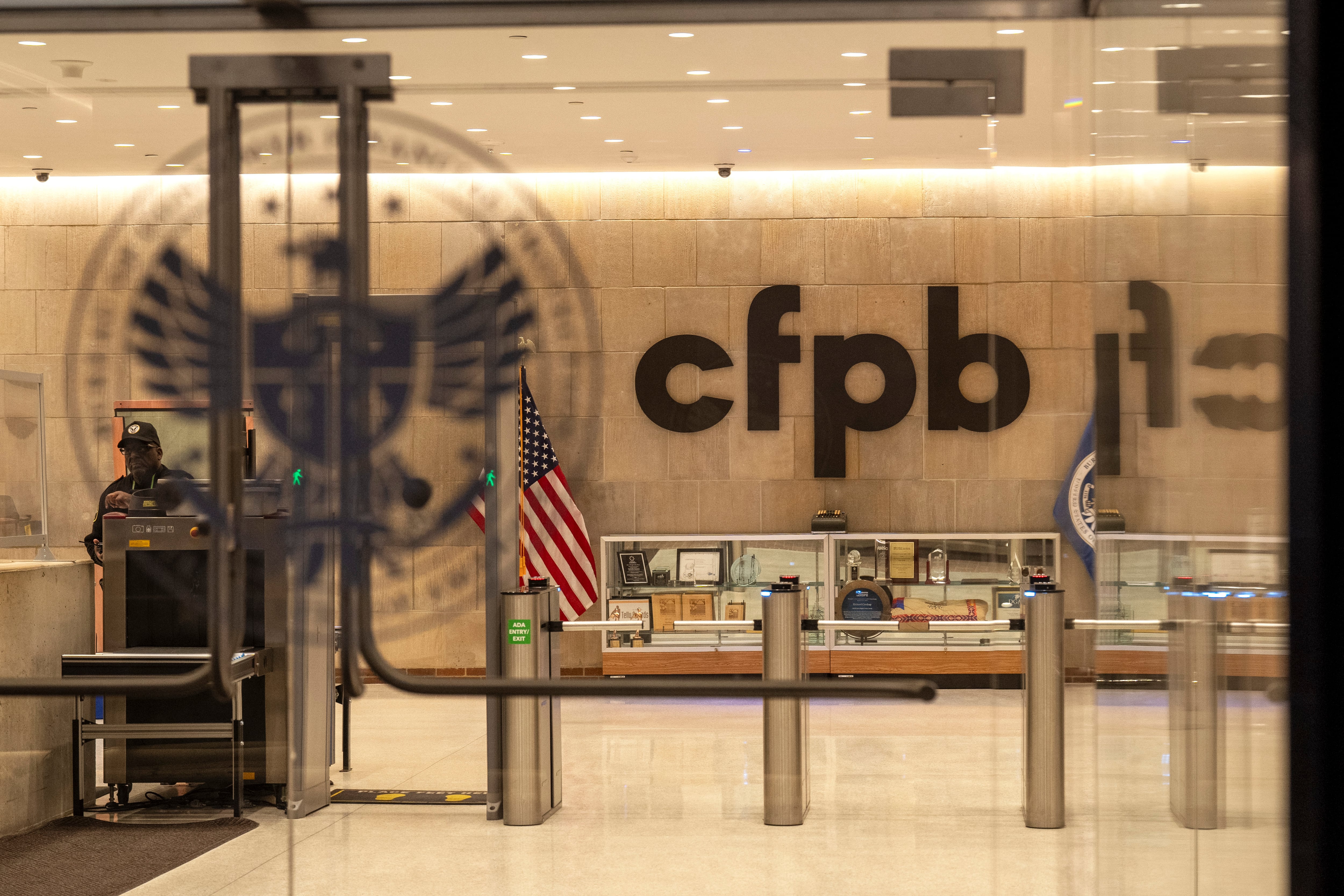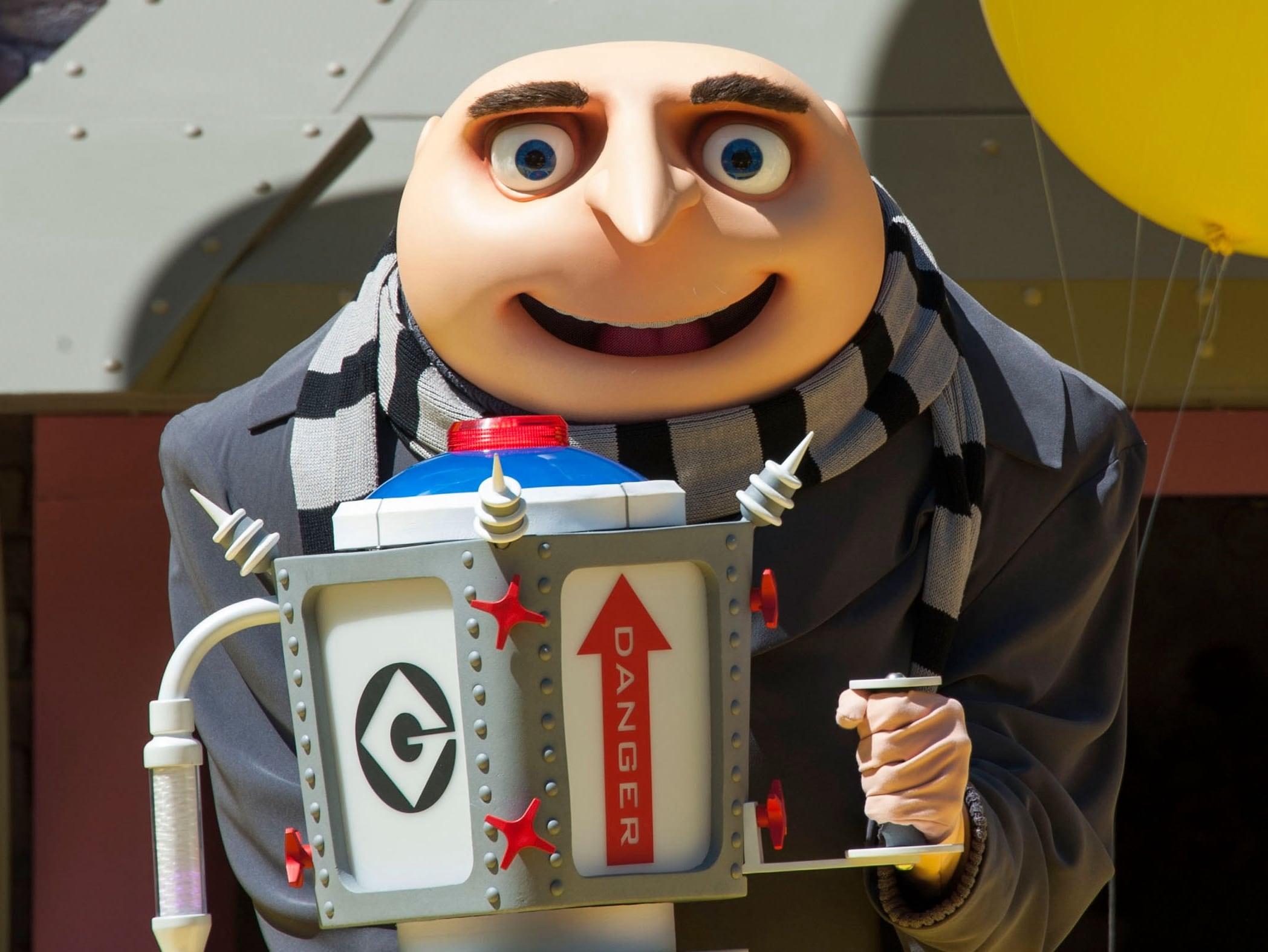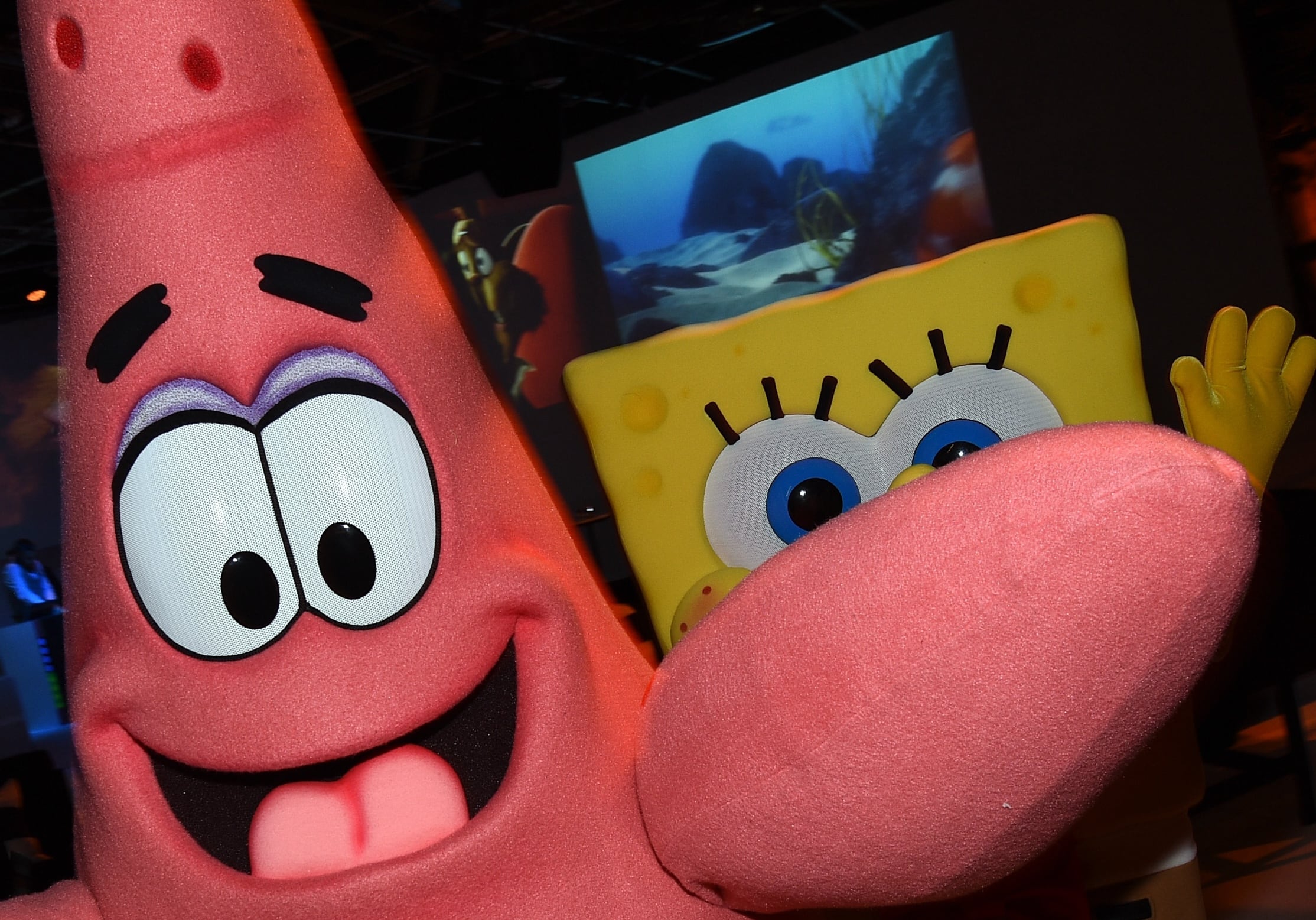In November 2004, U.S. and allied forces descended upon the insurgent-controlled city of Fallujah in Iraq’s Al Anbar province.
For roughly six weeks they fought house to house and room by room against an entrenched enemy force that had ample time to prepare. The Marines spearheading the assault — many on their first deployment — experienced more combat in weeks than some of their immediate predecessors had during entire enlistments.
By the close of the Second Battle of Fallujah, as it came to be known, fewer than 100 U.S. troops had been killed, but hundreds more had been wounded. Though insurgent forces, who’d once operated with impunity, had been beaten back, the city was left in ruins, hundreds of civilians had died, and thousands were wounded or displaced.
The veterans of that fight would go on to hold an almost mythic status among the Marines who followed in their wake. Acts of bravery and sacrifice were memorialized.
The names of those who fell now adorn buildings and training areas at recruit training facilities and on bases across the Corps, and their stories have been told and retold as a standard for Marines to aspire to.
Now, that battle, and those who fought it, will take center stage on screen — not as a television series or military drama, but as a video game.
“Six Days in Fallujah” releases on Thursday for PC as an early access version through Steam for $39.99. And the first-person tactical military shooter has traveled a long road to get there.
The game, which promises to offer the most realistic depiction of urban combat to date once it’s fully complete in 2024, has its work cut out for it. Its creators also face potential backlash over the decision to model the game on a real battle.
On the one hand, “Six Days in Fallujah” can be viewed as an avant-garde art project that seeks to use gaming to bring players closer to war, combat and those who bear the brunt of it.
On the other hand, its detractors argue that by insisting on realism, the game may be courting controversy to help carry the title, which in its early development stage lacks polish and leaves much to be desired in terms of gameplay, graphics and design.

Military Times was granted pre-release access to “Six Days in Fallujah,” and in addition to playing for approximately 24 combined hours, we spoke with Marine veterans of the battle to gauge their thoughts on the release.
The controversy
“Six Days of Fallujah” began its journey shortly after the battle upon which it was based when Eddie Garcia, a veteran of the Second Battle of Fallujah and a key member of the team behind the venture, came up with the idea.
It was publicly announced in 2009 when Peter Tamte, then the head of Atomic Games, picked the project up alongside the game’s original publisher, Konami.
It was a bold move at a time when the Global War on Terrorism continued to rage on.
Many veterans of the battle were still serving, Gold Star families were still processing the deaths of loved ones, and most video games that did touch on conflicts in the region scarcely used authentic settings, opting instead to construct fictional desert countries in lieu of Iraq or Afghanistan.
The game’s announcement was met with criticism from veterans, military families, advocates and television pundits alike.
Much of that outcry centered around concerns that the game would allow players to fight as insurgents against U.S. troops. However, according to the game’s FAQ sheet, the latest iteration will not include campaign missions where players are insurgents, nor will the game “recreate the death of a specific service member during gameplay without their family’s permission. Instead, Marines and soldiers describe the sacrifices of their teammates during video interviews.”
The controversy that harried the project’s early development led Konami to wash its hands of the game, a move that suspended development the same year it was announced. Tamte and Atomic Games shelved the project, though they insisted it would one day turn a corner. That happened in 2017, and work on the title began anew.
This latest iteration is developed by Highwire Games, and Tamte is again leading the charge to see it produced, this time with his publishing company, Victura.
To make the game a reality, the developers consulted with more than 100 veterans of the battle, from soldiers, sailors and Iraqi troops to Marines, like Garcia, who also is represented in the game, and who provided photographs, videos and testimonies in an effort to make the gameplay as accurate as possible.
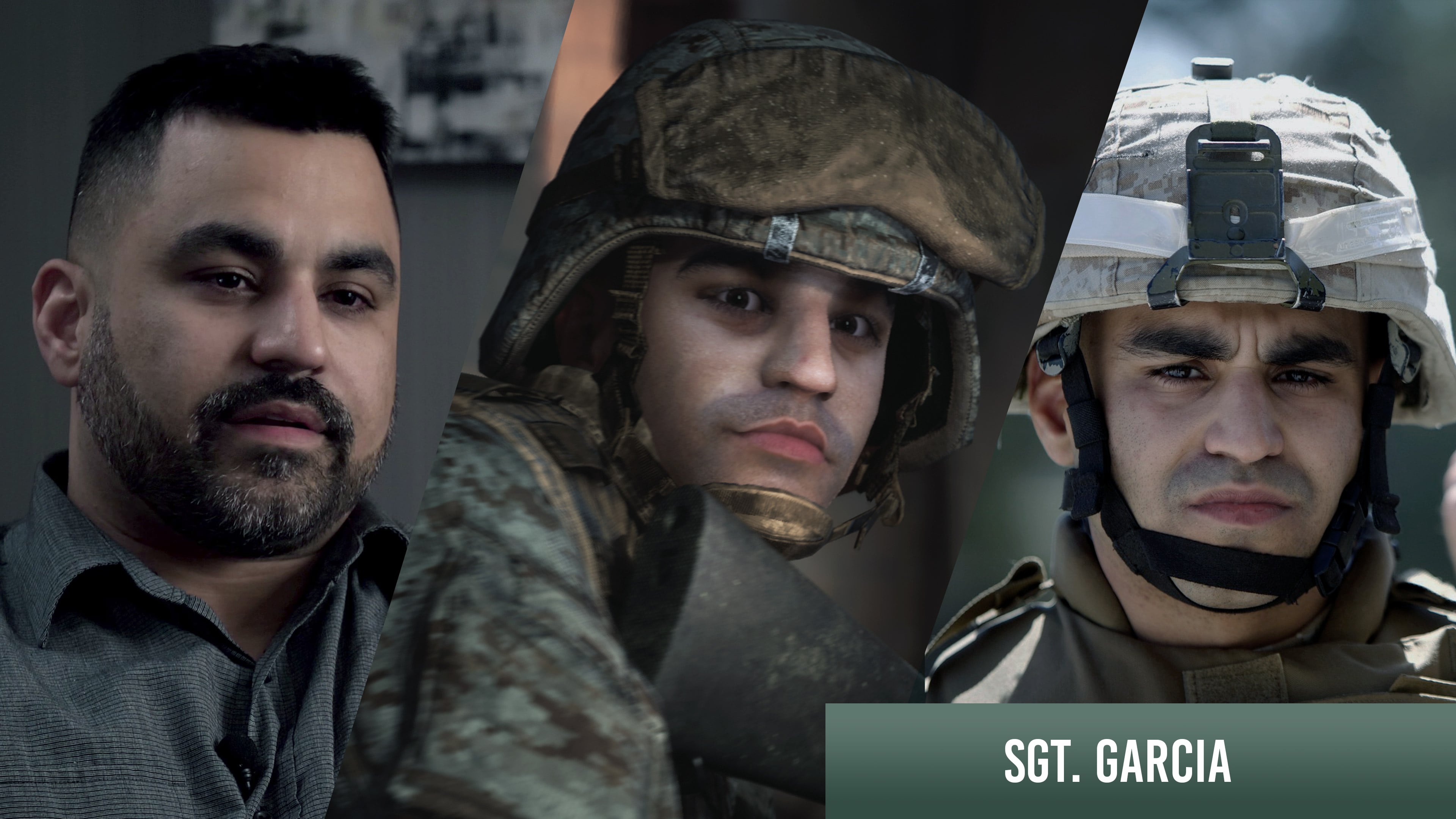
For Garcia, “Six Days in Fallujah” is an opportunity to capture the experience of rank-and-file Marines at war.
“My unit was really diverse, in every way that word can be defined,” said the former sergeant with 3rd Battalion, 1st Marine Regiment. “I always felt a movie would be too narrow of a lens to capture our experience in Iraq. A game on the other hand was perfect. A game could capture various perspectives, stories, ideas, and feelings in a way that was personal and intimate. ... My hope for the project was that the game could be a medium for all those things, for a diverse group of Marines, and I believe it succeeded.”
It’s a lofty goal, to be sure, and the margin for error is slim. Some, like John Phipps, a former intel Marine who previewed the game as part of Military Times’ review, argued that the early release version has so far failed to deliver on its promise of realism by shying away from the harsher realities of war.
“Americans need to accept that we shouldn’t have been there. Afghanistan was justified. This wasn’t,” said Phipps, who deployed twice to Iraq, first to Fallujah in 2004 and then to Ramadi in 2005. “I was walking among giants, and saw incredible acts of heroism and sacrifice, but those men shouldn’t have been there in the first place. If you’re going to claim to be realistic, you have to show the good and the bad, and address the ethics of the atrocities that occurred.”
Though other veterans of the battle may not agree with Phipps’ assertion about U.S. military involvement in Iraq, others did agree that endeavoring to portray a historical event should mean being brutally honest about what transpired.
Anthony Alvarado, a former platoon sergeant who fought in the Second Battle of Fallujah with 3rd Battalion, 1st Marine Regiment, stated plainly, “If you’re going to call it realistic, you have to go all the way.”
The game as it stands now
While the final version of “Six Days in Fallujah” — on PC and console — promises claustrophobic close-quarters combat, randomized room layouts and campaign modes from the perspectives of both U.S. troops and that of an Iraqi civilian trying to escape the city, the early access version is considerably more slimmed down.
“Our one promise is that this is the closest that any video game has come to simulating what urban combat is like, from a soldier or Marine’s perspective, but that’s it,” said Tamte. “It’s a very big promise, but it’s also a very narrow promise. We’re gonna follow up on the other promises as early access progresses, but that’s all that we’re promising as we enter early access.”
In practical terms, this means that the early access version of the game includes several co-op missions that require gamers to play with three other players online, either using matchmaking or friends on Steam to fill out a fireteam. The game’s campaign and “operator missions” are not currently accessible.
The version of “Six Days in Fallujah” reviewed by Military Times centered on “Fireteam missions,” or four-player co-op missions, which feature a variety of objectives designed to be tackled with friends.
Each player is assigned a position within a four-man fireteam — fireteam leader, ready, fire and assist — with each featuring unique weapons and abilities. Fire, for instance, carries an M249 Squad Automatic Weapon, and the fireteam leader is equipped with an M203 grenade launcher under his M16A4, as well as a rifle combat optic on top.
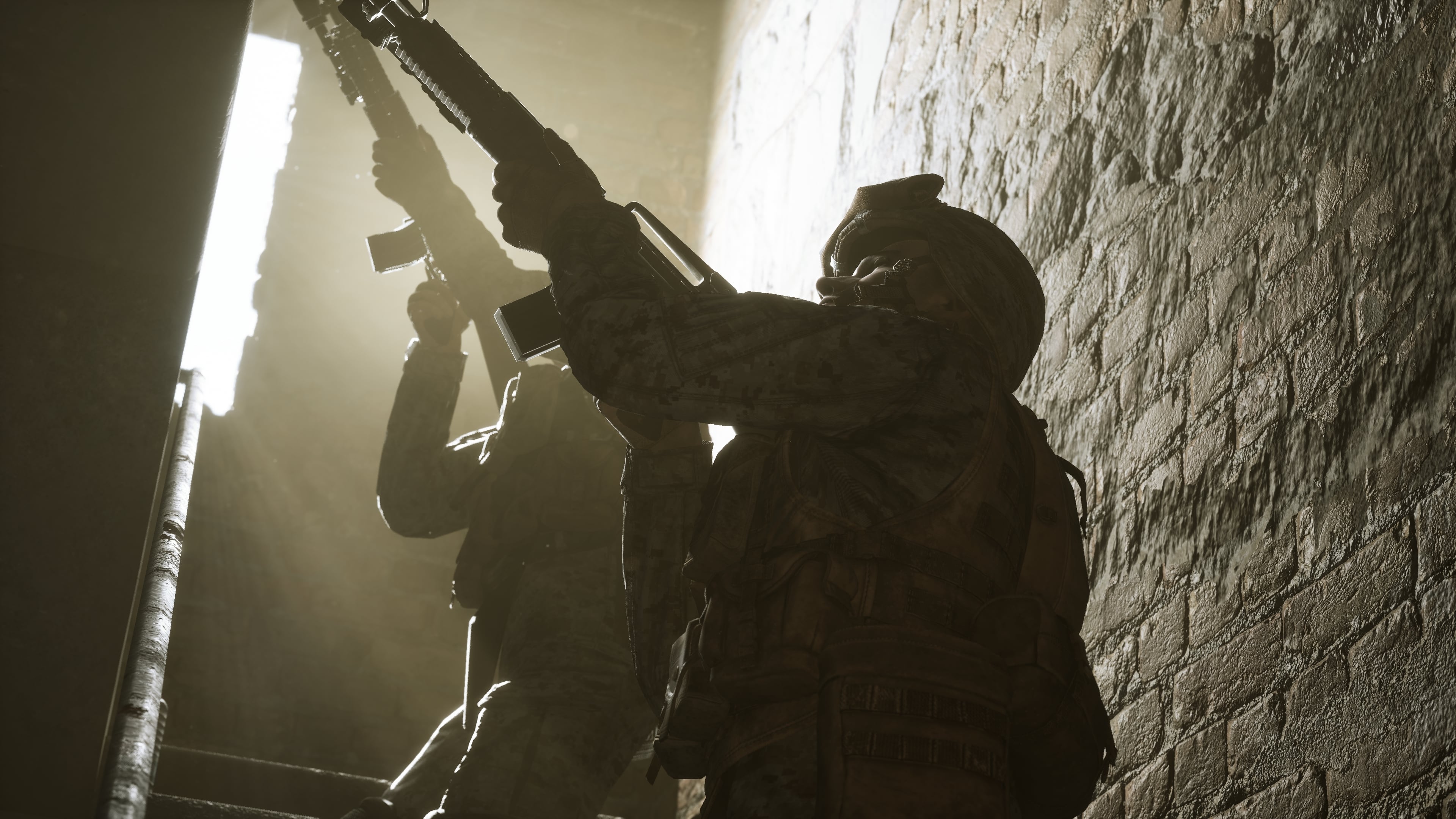
The game uses historical footage and interviews with Marines, Iraqi army personnel and translators, as well as History Channel-style narrations that help set the scene for each objective, whether it’s protecting a convoy, assaulting an al-Qaida stronghold, taking out an rocket-propelled grenade team that threatens air cover, or rescuing a scout sniper team that’s cut off in a building.
Some missions also feature artificial intelligence-controlled light armored vehicles or amphibious assault vehicles that provide resupply and respawn points, and which can also use their gun turrets to engage enemies of their own volition.
In one instance, a mission is introduced by an interview with Marine Lt. Jesse Grapes, a real-life infantry officer who served with 3rd Battalion, 1st Marine Regiment, in the battle and who warns players that “it was real for us very quickly. We had a Marine (killed in action) within five minutes.”
Fire teams, meanwhile, do not fill with AI-controlled teammates if playing solo. Playing without friends will mean fighting through an enemy-occupied city on your own. It will not go well, and that’s by design.
“I have been playing with three of my cousins who were also provided early access,” Garcia told Military Times. “They did not serve in the military. Their only exposure to fighting has been with other games. Our first 10 missions we got smoked. They finally stopped running off on their own and agreed to listen to me and work as a group. Soon after that we completed our first mission.”
This may be some of the realism the game’s developers have touted: To get the most out of it, players need to think, and act, as if it were real.
“The game captures the need to work as a team,” Garcia said. “‘Six Days’ does not generate the need for teamwork with some cheesy game mechanic or overwhelming amounts of enemies. The game just does it by being true to how urban combat was in real life. The enemy will move to take advantage of mistakes, the same way we did.”
Highwire Games provided Military Times with four copies of the game’s review build, which allowed us to play it cooperatively, including with veteran infantrymen who were there at the battle, and in follow-on operations. In addition to playthroughs with veterans, some with professional game development experience, Military Times demonstrated the game to other veterans of the battle to get their perspectives.
“Six Days in Fallujah” gets many things right in terms of accuracy, and it shines when it comes to small details, like Marines aiming over their rear sight and using the front sight post at close range, or when amphibious assault vehicles with packages of toilet paper and MRE boxes come rolling down the street.
Then there are the dim, weak Insight and Surefire flashlights that were mounted to Marines’ weapons during the battle, in addition to many other touches that served as reminders that, yes, the developers consulted with people who were actually there.
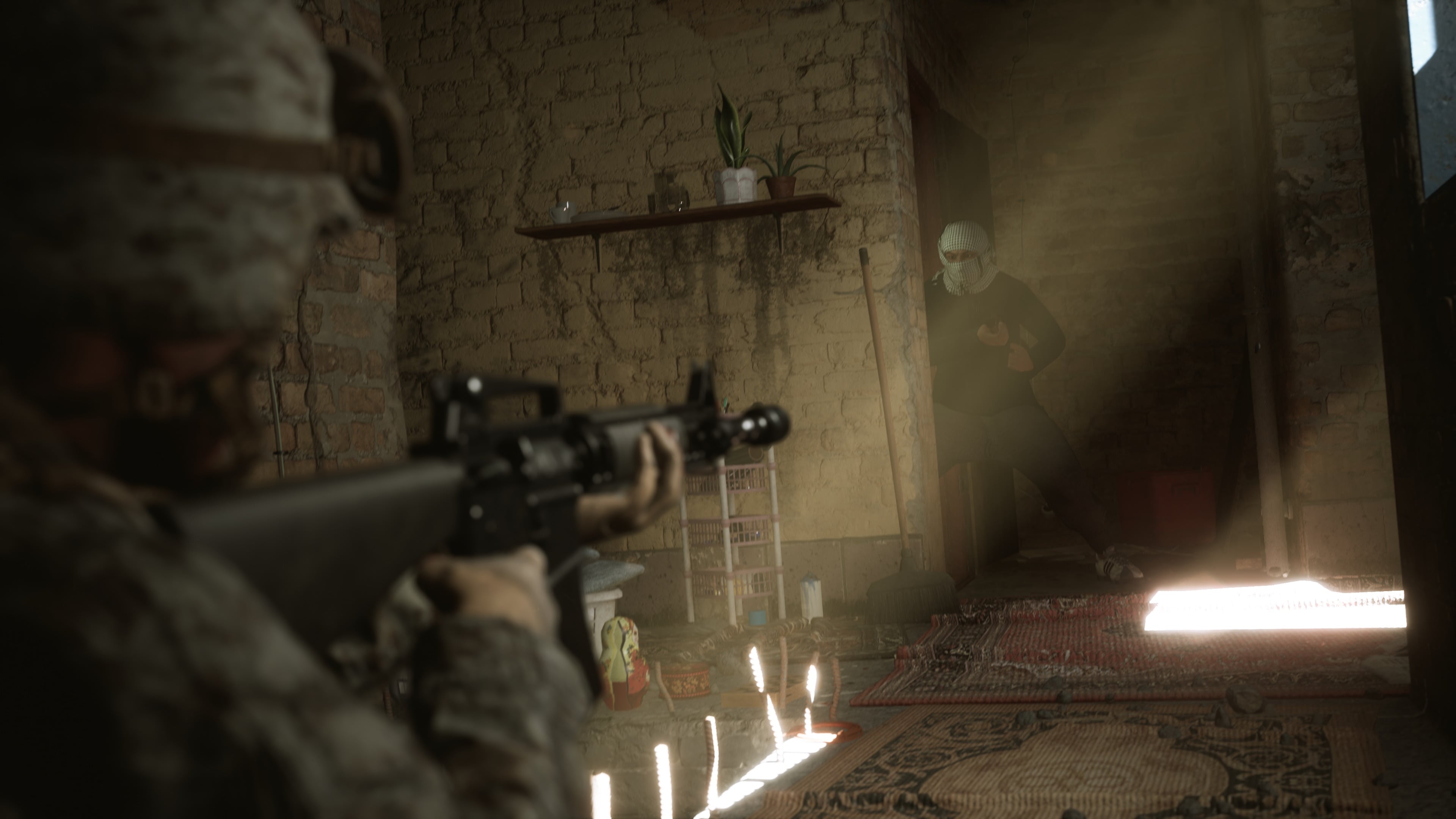
Marine veteran-turned-game developer Jack Lipoff, an infantryman who deployed to Fallujah, Iraq, in 2008 with 3rd Battalion, 6th Marine Regiment, as part of stabilizing operations, and now works as a game developer, praised the environmental detail.
“The city looks very authentic to what I recall Fallujah looking like, though less intact [than] when I was there, obviously,” said Lipoff, who also suggested that many gamers would be frustrated by the flashlights in the dark buildings, since lights of the time were far less bright than modern equivalents that some may be used to.
It’s probably worth noting that “realism” may mean the in-game equipment is crappier than one might expect.
Beyond the technical accuracy, the game promises that every playthrough will be different ― and it delivers on that in spades, with room layouts, enemy positions, and how the opposing force responds changing from playthrough to playthrough.
This greatly amplifies the nervous, frenetic experience of navigating the destroyed city and its nooks and crannies where enemies hide, while also fighting the time limits of most of the missions in the co-op mode. Enemies react to being suppressed, which is an unusual feature for many video games, where AI characters often are unresponsive to rounds whipping past their heads. This means that even if a player’s first shot misses, the enemy may turn and run, or even flinch, affording gamers the opportunity to make a follow-up shot count.
The admittedly few historical details were particularly nostalgic for veterans who served in Fallujah, Iraq, especially for those with 3rd Battalion, 1st Marine Regiment, since their unit is the focus of the game. The decision to use real footage and interviews in the intro videos became a reunion of sorts for some veterans of the battle.
“These are real people that I served with. That’s my Marine right there,” Zach Iscol, a former platoon commander during the battle with 3rd Battalion, 1st Marine Regiment, remarked to Military Times while watching one of the game’s cutscenes.
For others, it offered unexpected Easter Eggs.
Alvarado, now a Los Angeles County sheriff, was briefly transported back to the day he was wounded in Iraq when he saw a clip of Cpl. Thompson, a real-life Marine he’d fought alongside, and who, when Alvarado was injured, removed his gear so they wouldn’t lose it.
“When I got shot, I had this laminated map that they gave to all the platoon sergeants and platoon commanders,” Alvarado recalled. “So, Thompson was removing my serialized gear and any sensitive items, including that laminated map that actually got pierced by the bullet, and I kept asking him to get it back to me, and he said he would, but he never did. It’s been 20 years. I want that map back. That’s my map.”
Other veterans, however, viewed the gameplay with skepticism.
“In a movie theater you are a passive observer; with a controller in your hand you are an active participant,” said Phipps. “If you’re claiming your game will take the player as close as they can to Fallujah without actually being there, you’ve just made an impossible promise. ‘Saving Private Ryan’ was an emotionally devastating film about sacrifice with World War II as a backdrop; it didn’t promise to plop you down in Normandy. ‘Six Days in Fallujah’ has promised exactly that, and it absolutely cannot and will not deliver.”
Lipoff also voiced concerns over what the final product will offer players, noting that he saw “no indication about what the campaign or story will look like and it gives me pause considering the subject matter.”
Comments from Phipps and Lipoff touched on one particular theme that arose during interviews with veterans for this story: There was a general apprehension that a game so focused on the tactical and technical realism of war might overlook the emotional context, the camaraderie between Marines, that actually make moments of combat survivable — and bearable in the years that follow.
But is it a good video game?
Setting aside the ethical debate over whether gaming is the proper vehicle for the topic at hand, there’s still the question of whether or not the game is, in fact, enjoyable to play.
The short answer is: it’s rough.
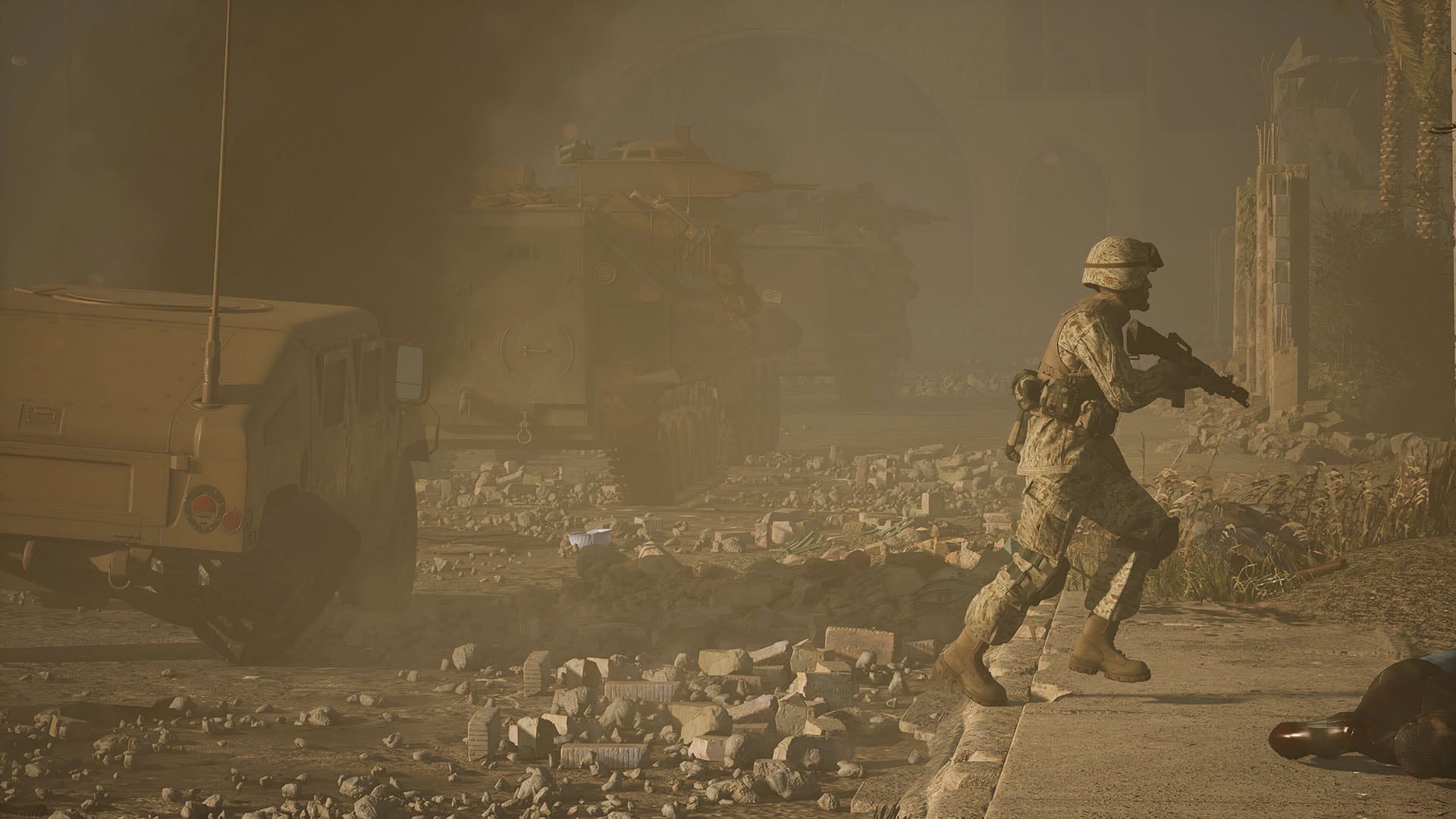
Rather than providing players with a few polished missions that play well and an intuitive control scheme, players were left with a system that was clunky and, at times, counterintuitive, such as when it forces players to hold down a button to reload, rather than tapping it once like the majority of established games in the genre.
Additionally, some key gameplay animations led to in-game deaths during our playthrough, like when a player is forced to stand up from behind cover while providing first aid, which results in them immediately getting shot.
As much as “Six Days in Fallujah” promises a realistic experience authentic to history, some things are utterly inauthentic to real Marine Corps equipment and weaponry. Most egregious was the TA31A4 rifle combat optic, known to most people as a type of advanced combat optical gunsight, which is borderline unusable in the game, forcing players to stick with iron sights for more accurate firing.
Other issues include unrealistic weapons sway, which doesn’t happen when a real-life shooter has a proper weld on their rifle; ammo and grenade pouches that flop like gelatin with rudimentary physics; and helmets that “look like something out of Spaceballs,” as one of the Marine veterans who played the game put it.
Then there’s the finicky online matchmaking, the inability to select which missions to play, frozen load screens, audio that cuts out, and players getting booted from parties.
From a pure gameplay perspective, this rudimentary early-access build lacks polish and is difficult to play even without the game’s challenging enemies.
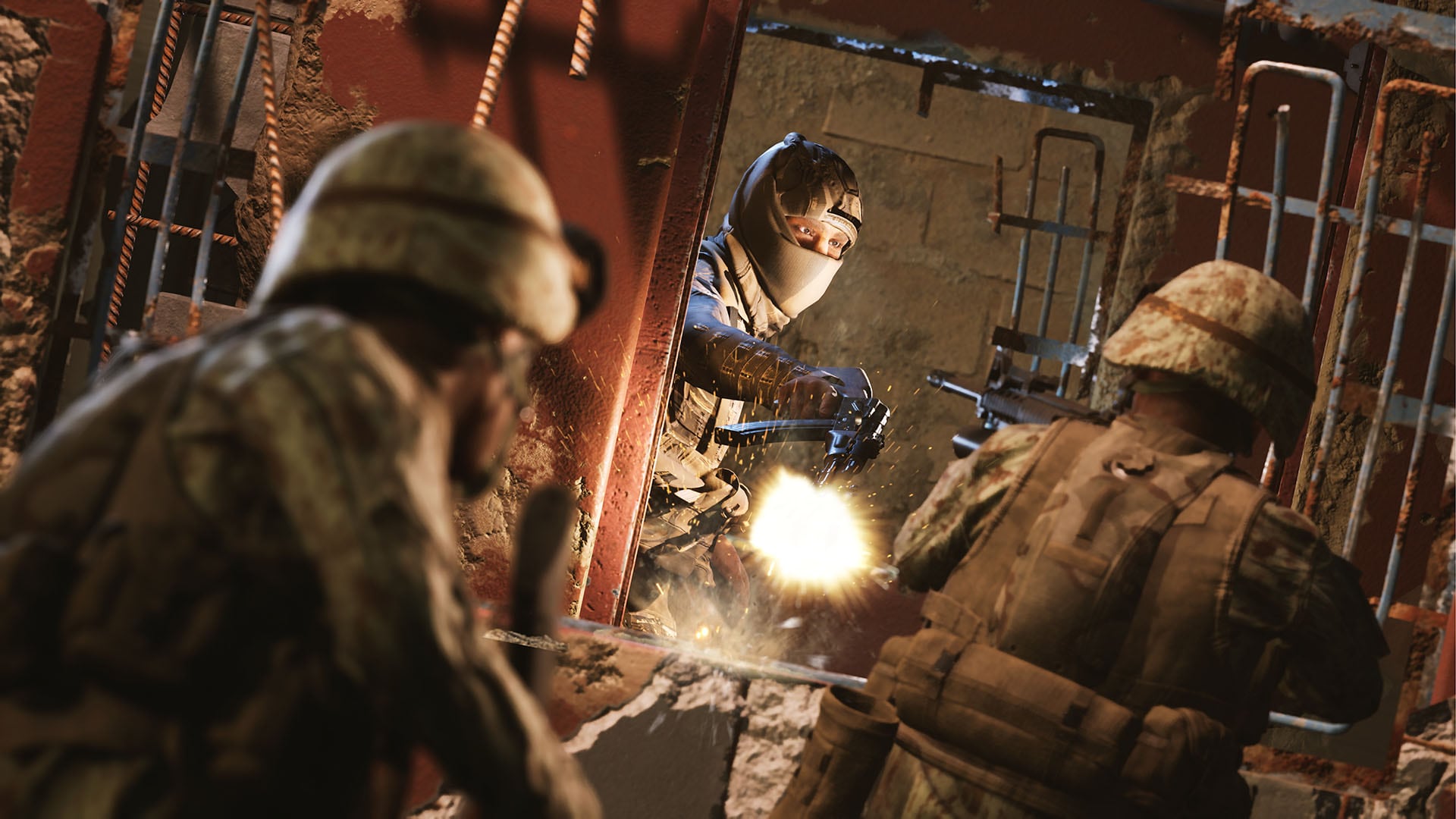
Based on the early access version of “Six Days in Fallujah” that Military Times was able to test, it’s unclear how the single-player campaign will pan out and if the concerns raised by veterans who viewed or played the game with us will be laid to rest or validated when it releases in full in 2024.
For the time being, “Six Days in Fallujah” only portrays the battle through a series of disjointed firefights, rather than a campaign with memorable characters and a suitably compelling narrative.
It’s an ambitious project, but at this juncture, it fails to hit its mark, leaving players with a game that’s stuck between provocative art and engaging entertainment while failing to fully succeed at either.
And without engrossing gameplay, or a storyline that’s gripping enough to carry you through stuttering performance and downgraded graphics, the controversy surrounding the game is about all its players are left with.
Editor’s note: This story was updated June 23, 2023, at 2:10 p.m EST. to note that Jack Lipoff deployed to Fallujah, Iraq in 2008, not 2009 as originally stated.
Tags:
Second Battle of FallujahSix Days in Fallujahvideo gamesPCSteamEarly Accessgame reviewmodern day marine 2023In Other News

